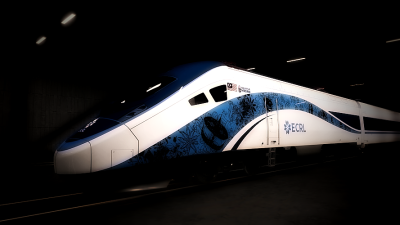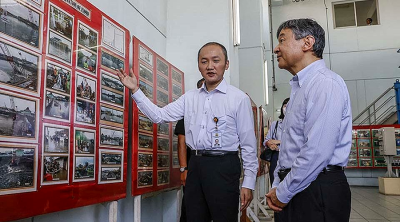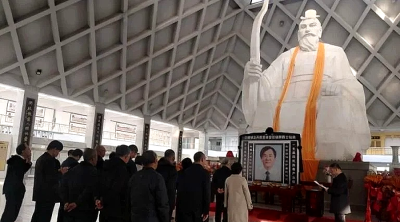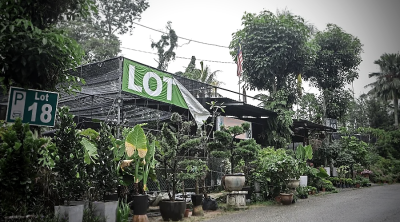
Malaysia, lauded as the region’s top 10 container port in the world, celebrated across ASEAN for logistics excellence—paralyzed in an instant by a single stalled lorry or minor crash on a critical stretch of road.
This is not a distant threat. It is the daily, growing risk on the two-lane artery leading to Westports, the lifeblood of Malaysia’s trade—and the choke point jeopardizing billions in exports and the nation’s global reputation.
A road built for yesterday, not tomorrow
Decades ago, Port Klang’s access road was fit for a quieter age.
Two lanes each way served a modest gateway; nobody foresaw the tidal wave of globalization, nor Port Klang’s evolution into a world-class hub pushing nearly 15 million TEUs a year, with Westports set to double that by 2028 and aspirations of 30 million by 2060.
Malaysia’s port expansion is one of strategic vision and execution—yet, the access remains a gaping vulnerability.
Every day, this undersized corridor is jammed with trucks bearing palm oil, electronics, chemicals, industrial goods—products keeping the Klang Valley industrious, feeding Malaysia’s role as ASEAN’s export pillar.
But just one mishap, breakdown, or accident—and the entire port grinds to a standstill.
The delays ripple outward: trucks back up for kilometers, schedules are missed, shipping lines rethink their routes, and Malaysia’s promise of reliability evaporates.
Economic power, but one accident away from paralysis
Make no mistake: this is not “just” about smoothing traffic. Port Klang is the artery for Malaysia’s economic heart.
Its operational smoothness underpins not only logistics companies, but exporters from Singapore to Thailand, Vietnam to Indonesia.
If this single artery fails, with no viable detours, supply chains splinter across Asia, delivery times balloon, and competitiveness is lost overnight.
Prime Minister Datuk Seri Anwar Ibrahim couldn’t be clearer. At the Westports 2 groundbreaking, after seeing a major truck accident firsthand, he said: “It’s common to see Malaysia facing high accident rates due to infrastructure weaknesses. I will discuss with the Ministry of Transport how we can expedite road widening efforts.”
Transport Minister Anthony Loke agrees, calling this a “national imperative” demanding decisive bottleneck removal.
Enough with delays, now is the time
Why, with so much at stake, does the bottleneck still exist? Years of budget conflicts and underestimating port growth are to blame.
Even as expansion plans soared—with Maersk’s new mega-warehouse and surging investment welcoming new truck volumes via Kesas and other highways—road capacity and traffic management have lagged far behind.
Today, Northport’s historic conventional throughput means not just more containers, but more tankers and specialty trucks, crowding the same inadequate infrastructure.
How many more studies, how many more discussions between state and federal authorities, before action is taken? This is Malaysia’s main export gateway—‘national importance’ is an understatement.
The stakes: Nation, region, and reputation
Billions have been poured into port expansion, with global giants (IKEA, Bosch, Marks & Spencer) betting big on Malaysian logistics.
Port Klang pays RM4 billion in taxes and leases yearly, with even bigger numbers to come. Yet the entire ecosystem—jobs, investor trust, supply chain reliability—rests on the daily ability to move trucks on time.
Every minute lost on the road chips away at Malaysia’s brand in global shipping.
It is a vulnerability that neighboring ports are watching eagerly, hoping for delays that turn shippers’ loyalties elsewhere.
Lay bays: Smart, immediate relief
Authorities must widen the main access road to four lanes in each direction—this is clear, overdue, and unavoidable. But there’s more: introduce “lay bays” or lay-bys—dedicated emergency lanes and pull-outs for stranded or accident-hit vehicles, to quickly divert and clear trouble without gridlock.
This is traffic management 101, used by leading ports and highways globally.
How is it, in 2025, that Malaysia’s busiest trade artery has so few lay bays, and so little redundancy in its access? Without them, every incident turns into a port-wide disaster.
Deploying new emergency lanes and enforcement resources is not luxury—it’s basic resilience.
Urgent, unified action, no more excuses
Let’s cut through the noise:
■ Expand the road—four lanes, both ways, now.
■ Build lay bays and emergency detours along all critical stretches.
■ Enforce 24/7 rapid response to clear stalled vehicles instantly.
■ Use real-time data to predict and reroute for peak surges.
■ Ensure every new logistics zone—like Maersk’s—matches highway capacity.
This is not a mere public works project. It is the insurance for Malaysia’s economy, a non-negotiable for the world’s 10th busiest port, and the difference between pride and peril for our regional leadership in trade.
One incident is all it takes
This issue cannot wait for another committee review or year of finger-pointing.
Every hour costs millions. Every gridlock undermines national pride, jobs, and decades of gains.
The next phase of Malaysian logistics leadership must be built on infrastructure that meets, not frustrates, the country’s global ambitions.
The message is simple: fix the road, build the lay bays, and future-proof our nation’s lifeline—before a single accident stops Malaysia’s success story in its tracks. 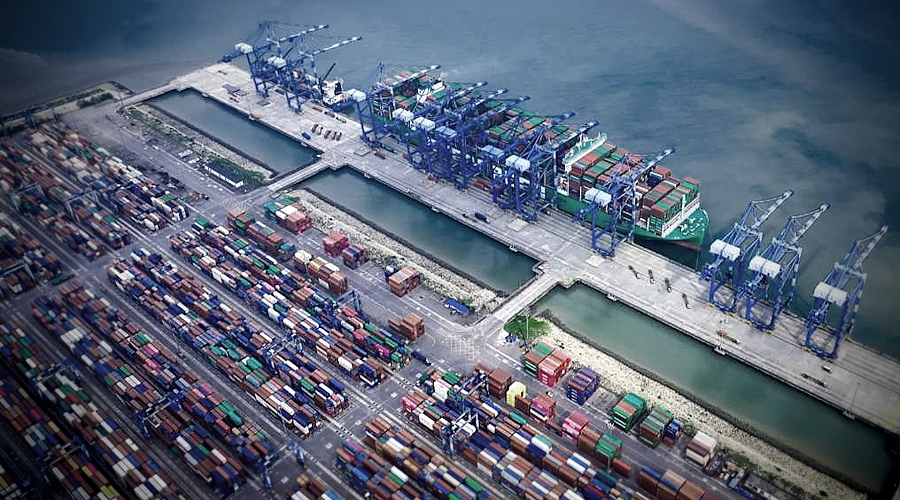
(Ravindran Raman Kutty is a senior communications and public relations professional with extensive experience across Malaysia, Fiji, the UK and Australia. Passionate about strategic communications, sustainability, and community engagement, Ravindran writes regularly to share insights and foster informed dialogue on important social and environmental issues. Through thoughtful analysis and storytelling, he aims to contribute meaningfully to public discourse and inspire positive change.)
ADVERTISEMENT
ADVERTISEMENT









